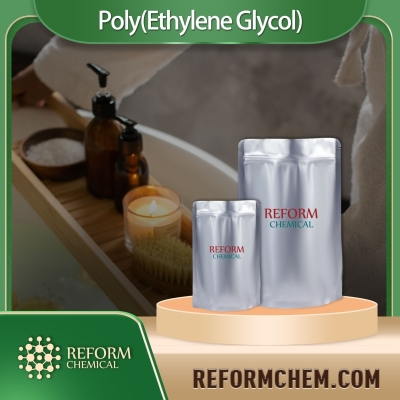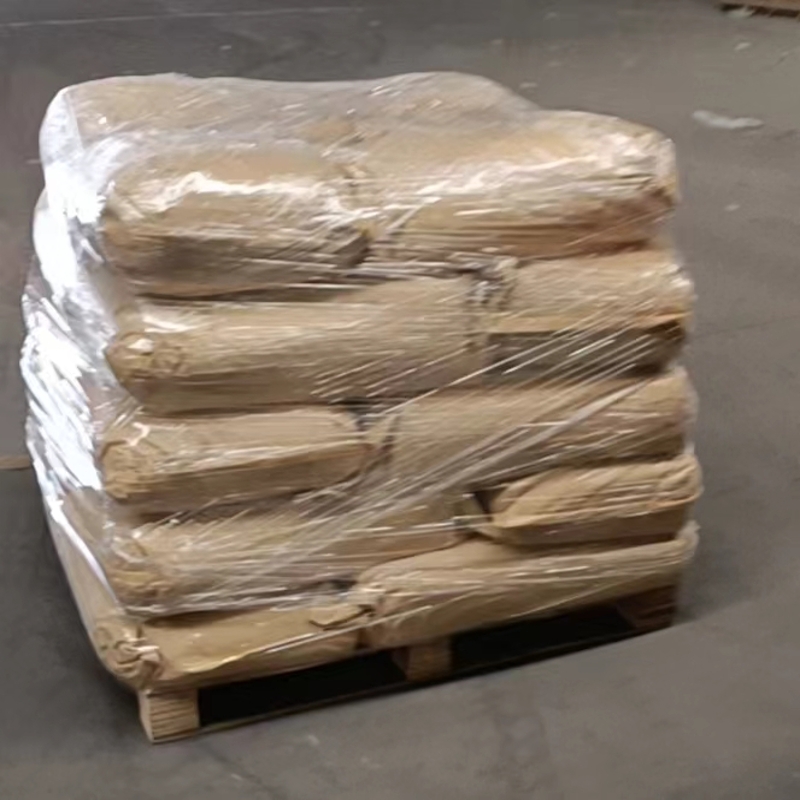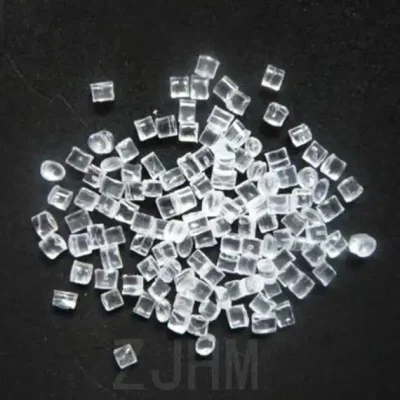-
Categories
-
Pharmaceutical Intermediates
-
Active Pharmaceutical Ingredients
-
Food Additives
- Industrial Coatings
- Agrochemicals
- Dyes and Pigments
- Surfactant
- Flavors and Fragrances
- Chemical Reagents
- Catalyst and Auxiliary
- Natural Products
- Inorganic Chemistry
-
Organic Chemistry
-
Biochemical Engineering
- Analytical Chemistry
-
Cosmetic Ingredient
- Water Treatment Chemical
-
Pharmaceutical Intermediates
Promotion
ECHEMI Mall
Wholesale
Weekly Price
Exhibition
News
-
Trade Service
In many food safety related projects, the pollution caused by microorganisms and various toxins produced by them has been paid much attention.
(1) Microbial-specific enzyme rapid reaction detection technology
1.
Using some characteristic enzymes in pathogenic bacteria, the application of appropriate substrates can quickly complete the identification of pathogenic bacteria
2.
This type of instrument combines traditional biochemical reaction and microbial detection technology with modern computer technology, and uses the most probable approximation model method for automatic microbial detection technology, which can identify a variety of common pathogens
For example: The Vitek AMS automatic microbial detection system produced by the French BioMérieux Group Company identifies bacteria based on the micro biochemical reaction of each type of bacteria.
(2) Analytical Chemistry Technology
With the rapid development of analytical chemistry technology, many instrumental analysis methods and methods such as high performance liquid chromatography (HPLC), gas chromatography (GC), gas chromatography-mass spectrometry (GC/Ms), liquid chromatography-mass spectrometry (LC) -MS), etc.
(3) Vector technology
The carrier method includes the rapid test piece method, the spiral plate system method and the filter membrane method
(4) Metabolism technology
1.
Electrical impedance technology refers to the process of microbial pathogenic bacteria growing and multiplying in the culture medium, so that the large molecules in the culture medium, such as carbohydrates, proteins and lipids, are metabolized into small molecules with electrical activity.
2.
Microcalorimeter technology is to detect and identify microorganisms by measuring the change of heat when the microorganisms grow
3.
Radiation measurement technology is based on the principle that microorganisms metabolize carbohydrates to produce CO 2 during the growth and reproduction process, and introduce a small amount of radioactive 14 C label into substrate molecules such as carbohydrates or salts for detection







